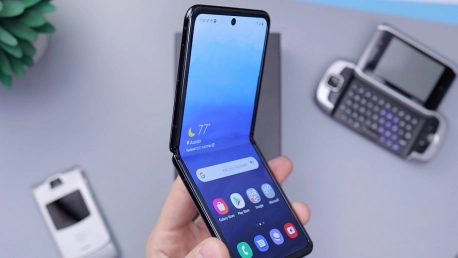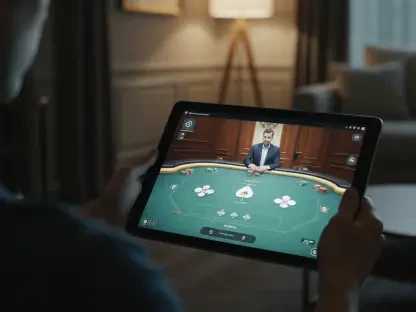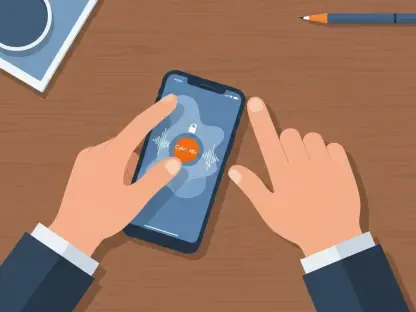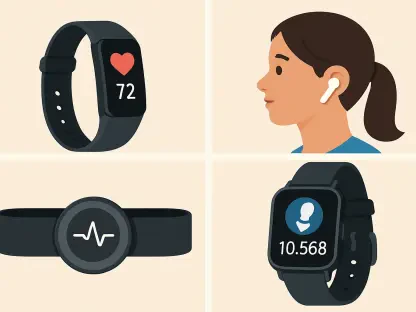Samsung recently launched their new Galaxy Z Fold 4, and it’s a good time to look back on how these types of phones evolved over the years. What’s the deal with flip or fold phones? What are they, and what benefits do they offer?
What Are Foldable Phones and What Do They Offer?
As the name implies, foldable (or “hinge”) phones feature two parts that enable the phone to fold to reduce its size. Initially, the flap only served to block access to the keypad, but over time the flap has become an integral part of the device, containing many of its components.
Fold and flip phones are similar in principle, but technically, flip phones have the “hinges” laid out horizontally, while fold phones have them laid out vertically to open like a book.
Pros and Cons of Foldable Smartphones
Modern foldable smartphones have clear advantages. There’s extra screen space that makes certain use scenarios, such as browsing and multi-tasking, significantly easier and comfortable.
However, foldable phones are generally heavier and thicker than traditional smartphones. Some users could find them quite hard to hold and use.
A Brief History of the Folding Phone
In 1989, Motorola launched the first flip phone, and over the next few years, the popularity of the new design exploded. Those who remember the legendary Motorola V3 Razr, know it was not just a tool, but also a fashion statement.
But back in the 90s, phones didn’t really have anything smart about them. So, let’s fast forward a bit and get to the first smart foldable phone. Nokia Communicator was a truly revolutionary phone in its day as the first one that could be considered smart. Between 2007 (the year of its launch) and 2018, mobile device manufacturers were in a race to develop the most attractive and innovative foldable phone. This race was won by Samsung, who patented a flexible display in 2018 (Infinity Flex Display), and unveiled a foldable smartphone in February 2019, namely, the Samsung Galaxy Fold.
Like other innovative devices, the Samsung Galaxy Fold came with several issues—mainly related to screen durability. Although Samsung won the race, manufacturers like Huawei and Motorola weren’t far behind with implementing their own foldable screen smartphone concepts. Huawei launched their foldable screen smartphone concept—the Huawei Mate X—just four days after Samsung unveiled the Galaxy Fold. While Samsung chose to let the phone fold with the screen on the inside, Huawei Mate X folded with the screen on the outside, so that when closed, the phone had a display on both the front and back.
At the end of 2019, Motorola introduced their newest iteration of the Razr range in which the hinge was oriented horizontally because the company’s designers preferred to stick with the classic flip phone/clamshell concept. When open, the Razr looks like any other traditional smartphone, but when folded, its height decreases by half. Motorola engineers thus sacrificed the large screen for the greater portability of the flip concept.
A year after launching the Samsung Galaxy Fold, Samsung launched a direct competitor to the Razr: the Galaxy Z Flip. It had the same flip concept at its core, but was more powerful, better built, and cheaper than the Motorola device. Powered by a Qualcomm chipset with a Snapdragon 855+ CPU and 8 GB of RAM, the Galaxy Z Flip was a commercial success. It was sold out shortly after its commercial launch. The success of this model made many experts claim that the future of foldable screen phones was assured.
Does the Future Sound Good for Foldable Phones?
Counterpoint Research forecast global shipments of foldable smartphones to grow to 16 million units this year—a jump from the 9 million foldable phones shipped last year.
In the first half of 2022, Samsung enjoyed a dominant position on the foldables market—accounting for 62% of the market according to Counterpoint’s Foldable Smartphone Tracker, June 2022. Huawei and OPPO came in a distant second and third. Although analysts expect the new Galaxy Fold 4 and Flip 4 combo to continue Samsung’s momentum, there are other interesting foldable phones out there, such as the Microsoft Surface Duo 2 and Huawei Mate XS 2.









